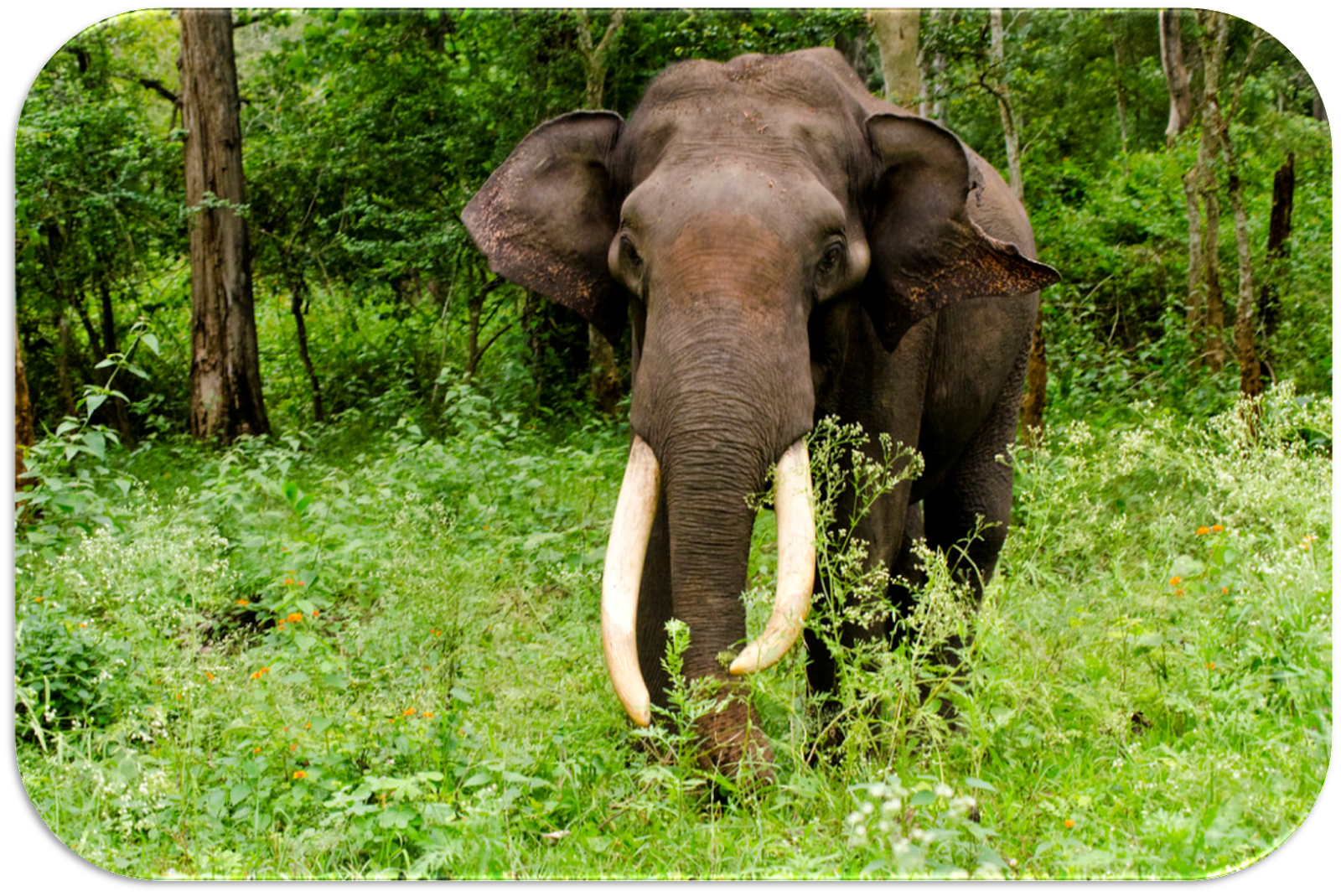New Elephant Reserve in Tamil Nadu | 17 Aug 2022
Why in News?
Recently, the Government of India has announced the notification of one more Elephant Reserve (ER) Agasthiyamalai in Tamil Nadu during a programme in the Periyar Wildlife Sanctuary in Kerala.
- This will be the 32nd Elephant Reserve in the country after Singphan ER in Nagaland was notified in 2018.
- Agasthiyamalai is Tamil Nadu’s 5th Elephant Reserve and also a Bioshphere Reserve.
What do we need to know about Indian Elephant?
- About:
- It is also known as “Elephas maximus”.
- Location:
- Central and Southern Western Ghats
- North East India
- Eastern India
- Northern India
- Some parts of Southern Peninsular India.
- Protection Status:
- IUCN Red List: Endangered
- CITES: Appendix I
- Wildlife Protection Act 1972: Schedule I
- Statistics in India:
- The population of elephants in India has reached up to about 27,312 (2017 Census).
- Karnataka had the highest number of elephants (6,049), followed by Assam (5,719) and Kerala (3,054).
What is Project Elephant?
- About:
- It is a centrally sponsored scheme and was launched in February 1992 for the protection of elephants, their habitats and corridors.
- The Ministry of Environment, Forest and Climate Change provides financial and technical support to major elephant range states in the country through the project.
- Objectives:
- To protect elephants, their habitat & corridors
- To address issues of man-animal conflict
- Welfare of captive elephants
UPSC Civil Services Examination Previous Year Question (PYQ)
Q. With reference to Indian elephants, consider the following statements: (2020)
- The leader of an elephant group is a female.
- The maximum gestation period can be 22 months.
- An elephant can normally go on calving till the age of 40 years only.
- Among the States in India, the highest elephant population is in Kerala.
Which of the statements given above is/are correct?
(a) 1 and 2 only
(b) 2 and 4 only
(c) 3 only
(d) 1, 3 and 4 only
Ans: (a)
Exp:
- The elephant herd is led by the oldest and largest female member (known as the matriarch). This herd includes the daughters of the matriarch and their offspring. Hence, statement 1 is correct.
- Elephants have the longest-known gestational (pregnancy) period of all mammals, lasting up to 680 days (22 months). Hence, statement 2 is correct. Females between 14 - 45 years may give birth to calves approximately every four years with the mean interbirth intervals increasing to five years by age 52 and six years by age 60. Hence, statement 3 is not correct.
- As per Elephant Census (2017), Karnataka has the highest number of elephants (6,049), followed by Assam (5,719) and Kerala (3,054). Hence, statement 4 is not correct.
- Therefore, option (a) is the correct answer.

